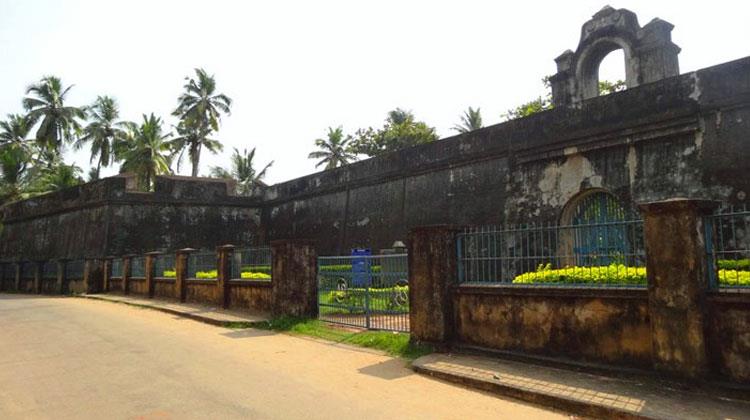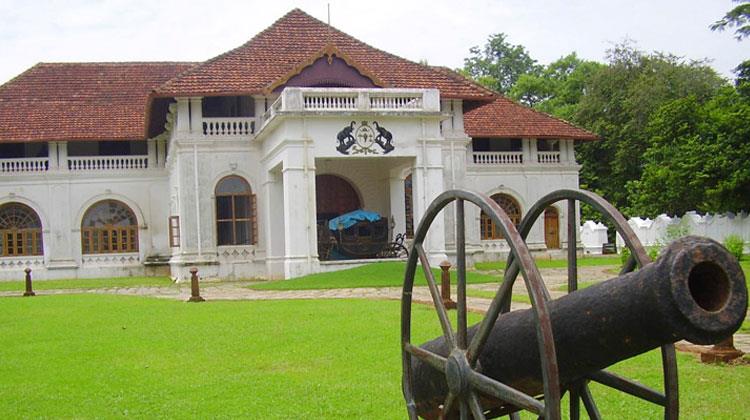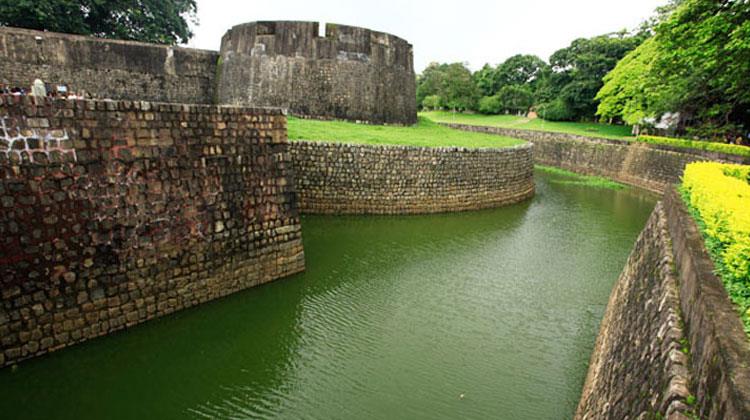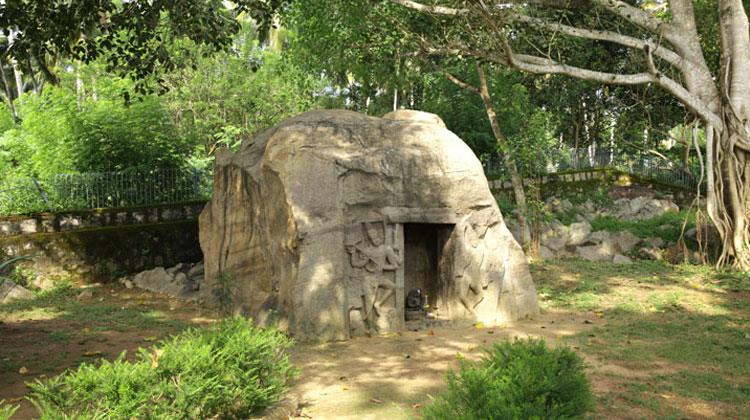History & Heritage






Anjengo Fort
Anjengo Fort is forever remembered in the pantheons of history as the location of the first trade settlement of the East India Company in Kerala. Legend has it that the English were given this site by the Queen of Attingal for trade purposes. Anjengo or Anjuthenguwas a small stretch of land with five coconut trees at the time and the fort was named after the same. The old English Fort that once stood here would be constantly attacked by foreign powers for centuries.Today, this place provides one with a majestic architectural marvel situated in a picturesque setting. Located near the popular tourist haunt of Varkala, you have a secluded beach on one side and a backwater stretch on the other. The coconut groves that dot the shore add to the destination’s charm and make it among the finest picnic spots in the area. One can simply sit and watch fishermen diligently go about their work, following traditions and customs that have never changed regardless of whose flag was raised at the summit of the Fort.
Bekal Fort
Kasaragod boasts of the largest and best preserved Fort in the whole of Kerala, bordered by a magnificent beach. Shaped like a giant keyhole, the historic Bekal Fort was built in the 17th century. This historic monument offers a superb view of the Arabian Sea from its tall observation towers, which were occupied by gigantic cannons till afew centuries ago.Near the Fort is an old Mosque that is said to have been built by Tipu Sultan of Mysore. Originally constructed by the rulers of the ancient Kadampa Dynasty, the Fort changed hands over the years to the Kolathiri Rajas, the Vijayanagara Empire, Tipu Sultan and finally, the British East India Company.
Hosdurg Fort
In the hilly reaches of Kasaragod district, people are used to seeing impressive forts at almost every turn, built both as military bastions and important centres for commercial and cultural activities. In Kanhangad lies the Hosdurg Fort, among the legendary chain of forts built by Somashekara Nayak of Ikkeri Dynasty. Lying nearby is the internationally renowned spiritual centre, the Nithyanandashram. About 15km from Bekal, these form an intriguing set of places that add to Kasaragod’s charm.Shakthan Thampuran Palace
The Palace of Shakthan Thampuran located in the district of Thrissur is a landmark in the annals of the Perumpadappu Swaroopam, the former ruling dynasty of Kochi. The palace located in the heart of Thrissur town is a major attraction, especially for those with a special interest on eminent rulers and dynasties. It is believed that the reign of King Rama Varma Shakthan Thampuran (AD 1790-1805) popularly known as Shakthan as the golden era of Kochi.Situated close to the famous Vadakkumnathan Temple in Thrissur, the Shakthan Thampuran Palace formerly known as Vadakkechira Kovilakam was renovated by Shakthan Thampuran in its present form. The palace, built in the Dutch and Kerala style of architecture belongs to the few structures of this kind in Kerala. The main structure of the palace has a two-storeyed building and a traditional Kerala style Naalukettu. The interiors of the palace, because of its unique construction offer comfortable and pleasant staying conditions irrespective of the prevailing weather conditions.
Tipu's Fort
Tipu's Fort, also known as (Palakkad Fort, is a beautifully maintained edifice in Palakkad which was an important military base in the past. Rebuilt by Hyder Ali in the 18th century, it was under the Mysore rulers until the British took control of the place. It would then be used for providing government services during this era.Named after Hyder's son Tipu Sultan, it is an important historical destination today.It is among the best preserved forts in South India. The thick laterite walls impress all who view it. People frequent the spot for relaxing walks and jogs. A large ground that lies between the Fort and the Palakkad town hall is an important location for public meetings and important functions. Today it is a protected monument under the Archaeological Survey of India. It is a preferred picnic spot for everyone visiting Palakkad.
Vizhinjam Rock-Cut Cave
Considered to be the smallest rock-cut shrine in southern India, the Vizhinjam Rock-cut cave is dated to back to 8th century. The shrine has a central cell with an independent sculpture of Dakshinamurthy and on either side of the cell are unfinished sculptures of Siva and Parvathi. It is believed to be one of the earliest rock-cut cave temples in Kerala. This rock cut cave is now a protected monument under the control of the Archaeological Survey of India since 1965.
Great Trip with Great Company
